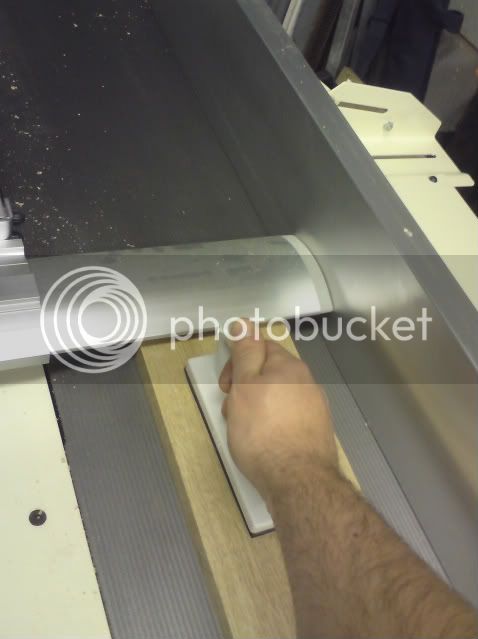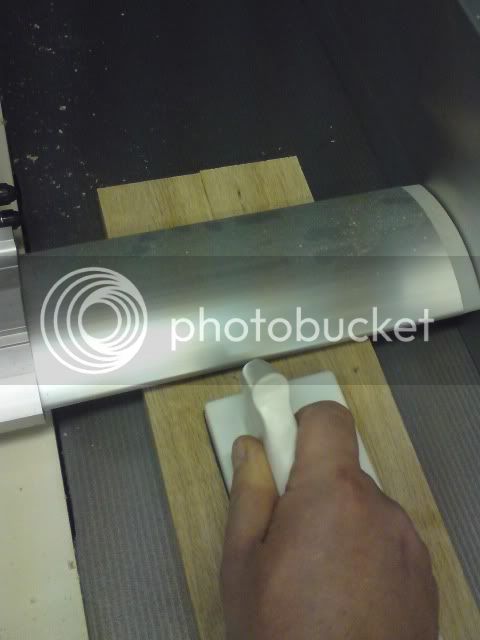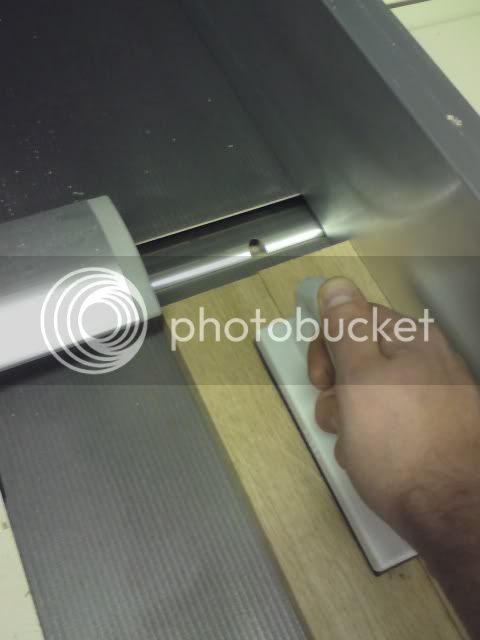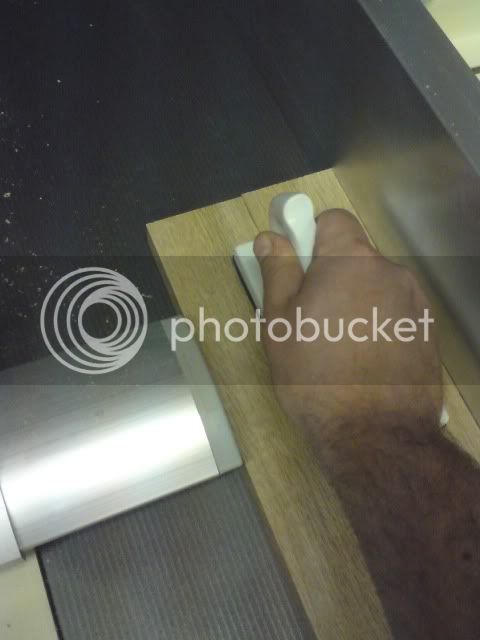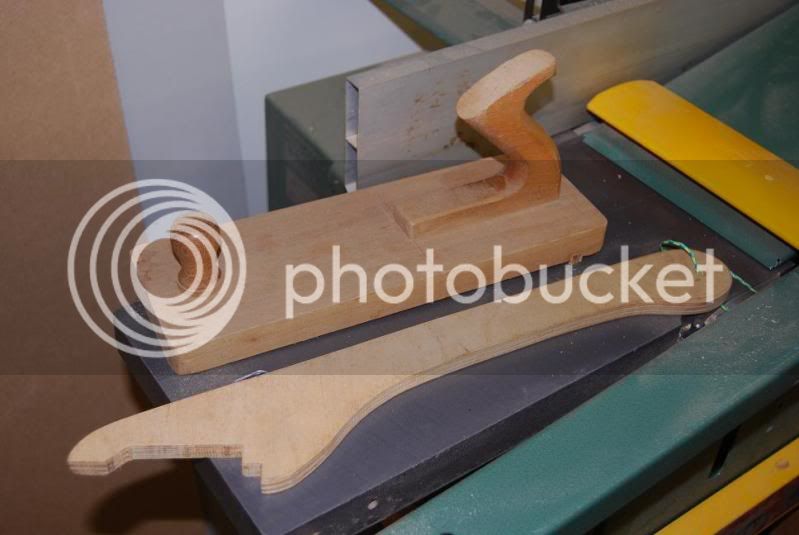RogerS
Established Member
Funnily enough Steve Maskery popped in just now and this came up in discussion triggered by my saying that I'd been using the guard all wrong.
On my small Axminster, I'd been pulling the guard back and butting it up against the stock but then reading the Sedgwick manual they advocate having the guard over the whole length of the blade with the stock passing underneath the guard.
We came to the conclusion that it depended on a number of things. If you've got a narrow guard then if you're using stock that was quite thick then that would mean that the guard was quite high in the air to pass over the stock. Which meant that you coud easily get your hand underneath. So butting up the guard was safer. A wider guard makes it more difficult for your hands to go underneath and gives more protection.
But if the stock is relatively thin then it was safer to keep the guard all the way over the stock.
Also it depends which face of the board youre planing. If you look at the HS&E site and serch for wis17 then you'll get their recommended way to use brdge guards dependent on what face you are planing.
On my small Axminster, I'd been pulling the guard back and butting it up against the stock but then reading the Sedgwick manual they advocate having the guard over the whole length of the blade with the stock passing underneath the guard.
We came to the conclusion that it depended on a number of things. If you've got a narrow guard then if you're using stock that was quite thick then that would mean that the guard was quite high in the air to pass over the stock. Which meant that you coud easily get your hand underneath. So butting up the guard was safer. A wider guard makes it more difficult for your hands to go underneath and gives more protection.
But if the stock is relatively thin then it was safer to keep the guard all the way over the stock.
Also it depends which face of the board youre planing. If you look at the HS&E site and serch for wis17 then you'll get their recommended way to use brdge guards dependent on what face you are planing.





